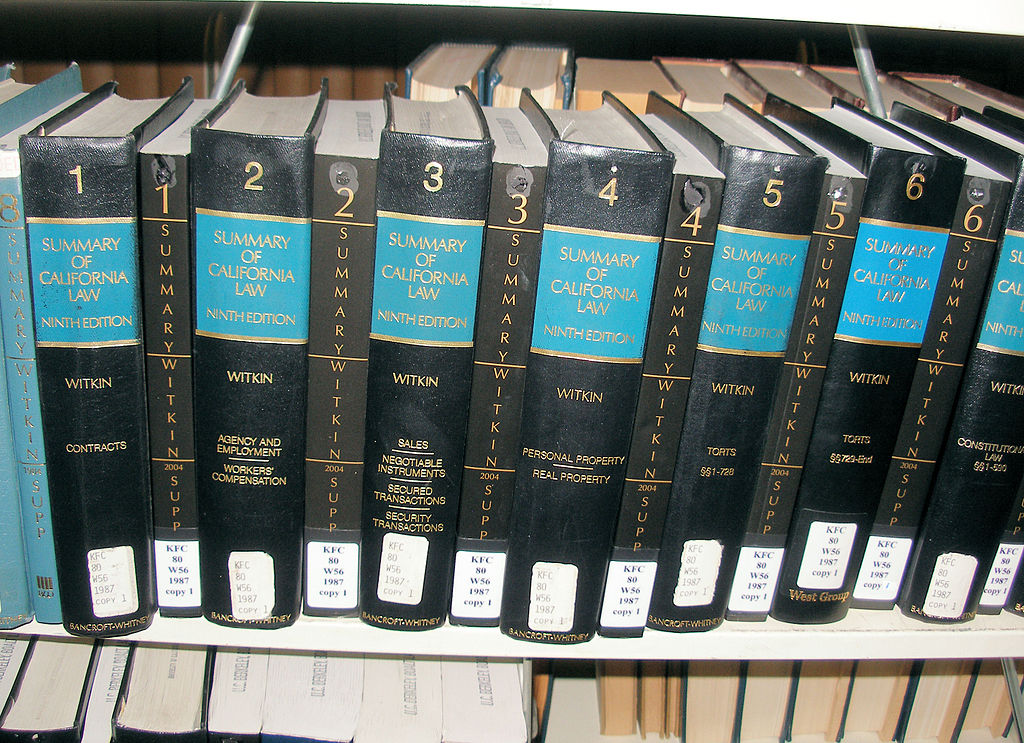
California State Capitol Dome. (Photo: Kevin Sanders for California Globe)
Frequently Asked Questions about California’s Office of Administrative Law
What did the Legislature intend in creating OAL?
By Chris Micheli, January 11, 2024 2:30 am
What is the responsibility of California’s Office of Administrative Law (OAL)? It is responsible for reviewing regulations and regulatory changes proposed by state agencies and departments for their legal and procedural compliance before the regulations can become law.
Where is OAL provided for in state law? OAL is found in Government Code Title 2, Division 3, Chapter 3.5.
What did the Legislature intend in creating OAL? Government Code Section 11340.1(a) sets forth: “The Legislature therefore declares that it is in the public interest to establish an Office of Administrative Law which shall be charged with the orderly review of adopted regulations. It is the intent of the Legislature that the purpose of such review shall be to reduce the number of administrative regulations and to improve the quality of those regulations which are adopted. It is the intent of the Legislature that agencies shall actively seek to reduce the unnecessary regulatory burden on private individuals and entities by substituting performance standards for prescriptive standards wherever performance standards can be reasonably expected to be as effective and less burdensome, and that this substitution shall be considered during the course of the agency rulemaking process. It is the intent of the Legislature that neither the Office of Administrative Law nor the court should substitute its judgment for that of the rulemaking agency as expressed in the substantive content of adopted regulations. It is the intent of the Legislature that while the Office of Administrative Law will be part of the executive branch of state government, that the office work closely with, and upon request report directly to, the Legislature in order to accomplish regulatory reform in California.”
What does Government Code Section 11340.2 provide? It establishes the Office of Administrative Law (OAL) in state government within the Government Operations Agency.
Who oversees OAL? It is under the direction and control of an executive officer who is the Director of OAL. There is also a deputy director.
What are the requirements for the director and deputy director positions? State law requires the director and deputy director to have the same qualifications as a hearing officer and be appointed by the Governor subject to confirmation of the State Senate.
What does Government Code Section 11340.4 provide? It authorizes OAL, and directs OAL to do these specified tasks:
(1) Study the subject of administrative rulemaking in all its aspects.
(2) In the interest of fairness, uniformity, and the expedition of business, submit its suggestions to the various agencies.
(3) Report its recommendations to the Governor and Legislature at the commencement of each general session.
What is OAL required to do? OAL is required to ensure that agency regulations are clear, necessary, legally valid, and available to the public. It is responsible for reviewing regulations proposed by over 200 state agencies, departments, boards, bureaus, and commissions for compliance with the standards set forth in the state’s Administrative Procedure Act (APA).
When was OAL established? It was established on July 1, 1980.
Are there other training programs offered by OAL? It assists state regulatory agencies through a formal training program, as well as through other less formal methods, to understand and comply with the APA.
How are perceived regulations addressed by OAL? It reviews petitions challenging alleged underground regulations, which are those rules issued by state agencies which meet the APA’s definition of a “regulation,” but were not adopted pursuant to the APA process and are not expressly exempt.
What are the other responsibilities of OAL? It also oversees the publication and distribution, in print and on the Internet, of the California Code of Regulations and the California Regulatory Notice Register.
- Enforcement of Labor Commissioner Judgments - December 6, 2025
- Effect of Emancipation - December 6, 2025
- Harbor Commissions in California - December 5, 2025




